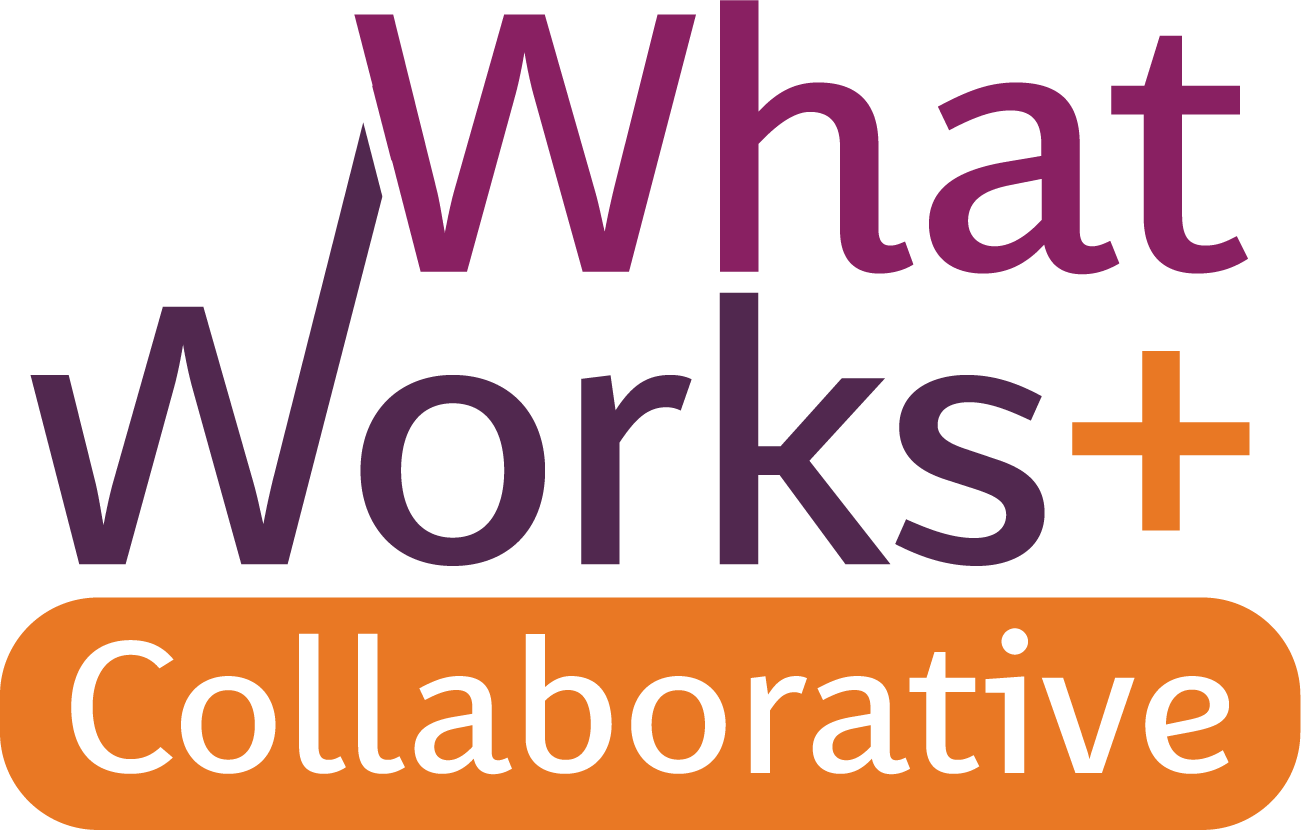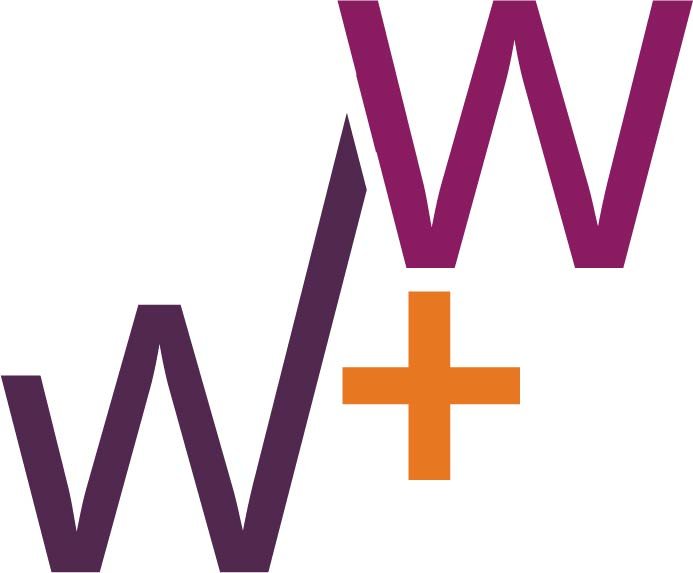Highlights & Resources
An overview of the resources, guides, and reports created alongside our partners.
Maximizing Impact from the Inflation Reduction Act: Opportunities for Pennsylvania
In partnership with the Pittsburgh Foundation, the Heinz Endowments engaged What Works Plus to develop a primer for Pennsylvania’s state and local elected officials about the Inflation Reduction Act: Key opportunities, needs, barriers, models, case studies, and organizations related to its implementation in the Commonwealth; and the role that elected officials can play in maximizing the legislation in Pennsylvania.
Building the Energy Workforce of the Future: Event Takeaways and Next Steps
In partnership with the Center for Energy Workforce Development and Jobs for the Future, What Works Plus convened a group of nearly 120 leaders from philanthropy, industry, labor, education, non-profits, and government to strategize on how to build the big, inclusive talent pipeline needed to realize our nation's clean energy transition. The report captures key themes and next steps to achieve national change.
Landscape Analysis of Landmark Federal Funding and Opportunities for Impact
The Hewlett Foundation engaged Freedman Consulting to conduct a landscape analysis for funders interested in climate, labor, and equity outcomes. Incorporating findings from WW+, the analysis detailed the federal funding implementation landscape to 1) understand the relevant funding flows, 2) identify leverage points affecting successful implementation, and 3) identify opportunities for philanthropic intervention to support implementation.
Catalyzing Implementation of Clean Energy Programs: Reflections on the Impact of Philanthropic Support for Communities
What Works Plus compiled a report which highlights philanthropic efforts to leverage federal funding and provides a snapshot of ways that philanthropy has stepped up to support communities as they access and benefit from transformative clean energy investments. The report showcases: (1) shared investments through pivotal new initiatives, (2) philanthropy’s recent 500/1500 Challenge, and (3) innovative community collaborations. It also includes reflections from partners on the efforts to meet this moment.
Philanthropy’s Climate and Clean Energy Strategy: A Snapshot from the 500/1500 Challenge
In partnership with Invest in Our Future, What Works Plus ran Philanthropy’s 500/1500 Challenge from February to May 2024. Following the completion of the effort, What Works Plus synthesized funders’ investments to develop a one-page snapshot of how philanthropy is supporting implementation of the landmark federal climate and clean energy investments.
Landscape of Federal Climate Resilience Funding and Opportunities for Philanthropy
The David and Lucile Packard Foundation engaged Freedman Consulting to understand how philanthropy can help advance the implementation of over $50 billion in climate resilience funding from the Bipartisan Infrastructure Law and Inflation Reduction Act. The project’s final report includes 1) a landscape analysis of this $50 billion in climate resilience funding and 2) opportunities for philanthropy to address gaps and maximize the funding’s intended benefits.
TA and Capacity Building in the Evolving Implementation Landscape: Analysis of Challenges and Opportunities for Philanthropy
Recognizing the need to understand how philanthropy can help communities in a new period of federal funding implementation in 2025 and beyond, What Works Plus compiled an analysis to (1) identify evolving challenges and barriers to implementation on the ground and (2) surface timely opportunities for philanthropic engagement. Drawing on interviews with implementers, communities, funders, and other relevant stakeholders, this analysis highlights emerging gaps in technical assistance and capacity building — two areas of philanthropic support that have taken on outsized importance as project implementation moves forward.
Other highlights from What Works Plus include:
Partnering with the Hewlett Foundation’s U.S. Democracy Program on the IRS Modernization Funder Working Group, educating the field and building coordination among funders on the time-sensitive effort.
Coordinating with the White House and Department of Energy, including an October 2023 convening connecting 200 in-person and virtual representatives from national philanthropies, community foundations, and other key intermediary organizations to identify actionable ways to ensure that communities can most benefit from federal investments.
Organizing the Work and Workers Strategy Sprint for Climate and Infrastructure Investments, in partnership with the Families and Workers Fund and Infrastructure Exchange, producing findings and recommendations for philanthropy.








